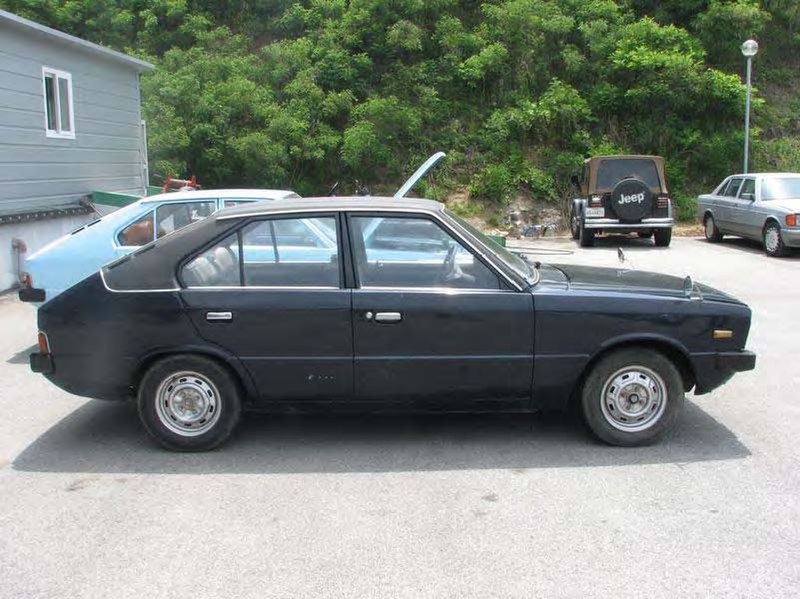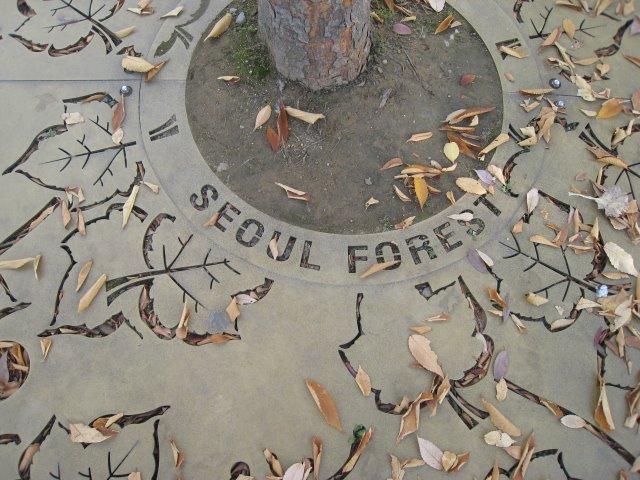Bringing Old Vehicle Culture to Life: Exploring South Korea’s Classic Car Scene
Electric cars accounted for 9.3% of newly purchased cars in South Korea last year, according to data compiled by the Ministry of Land, Infrastructure and Transport. The ratio marked a significant rise from just 1.9% in 2019, highlighting the prevalence of electric vehicles (EVs) throughout the country. While the future points to EVs, the vehicles of the past are still around today, whether in a museum to showcase their rich history or in the hands of collectors. Despite a major shortage of old cars on South Korean roads, the classic car culture is alive and well — if you know where to look.
Championing the case for Korean classics
While classic cars do exist in South Korea, you’re highly unlikely to see them out and about. One CarThrottle article by Thug Bird delves into Korean car culture, pointing out that the car scene is black and white, both “metaphorically and literally.” “Only rarely do colored cars appear on Korean roads, and they are usually driven by the slightly newer generation that wants to break the monotony of color scheme in Korean car culture.” While it’s further noted that most outliers are “your ordinary every-day city car,” there is an exotic selection to be found. “I have seen a blue Audi R8, a green Jaguar XK, and a red Porsche 997 911 Targa for starters,” highlights the CarThrottle post. While these are just a few of the luxury vehicles that can be found on South Korea’s roads, it’s imperative to realize why classic cars simply aren’t prevalent. According to Autocar, the shortage of old cars on the streets of Seoul or Busan is partly due to low-emission zones, in addition to the fact that Korea used to have strict import tariffs and restrictions, resulting in European and American classics having never been imported.
Having said that, Korea has no shortage of car lovers. While most are interested in the latest models, an enthusiastic minority are championing older cars. Collector Baek Joong-gil has loved cars since childhood and started collecting unloved older vehicles in the late 1960s. He told Kim Tae-jong of the Korean Times “I just thought someone should keep old cars, as I realized that they are starting to disappear on the road. I thought that young children should have the chance to see cars that their fathers or grandfathers used to drive.” The collector owns about 500 vehicles, many of which he has restored to their original condition. Among his impressive collection include rare models, such as a Sibal from the 1950s, an original Hyundai Pony, and the GM Cadillac that took former President Park Chung-hee to official events.
Indulging in the classics
“Car culture here in Korea is unique because the car is more of a trendy lifestyle product,” says SangYup Lee, the head of styling for Hyundai’s Genesis luxury brand (and former designer at Bentley). “People love cars as more of a luxury item.” While the sight of classic cars is rare, retro is becoming fashionable in Korea, so any old cars lying forgotten in farm buildings could be worth more than you think! There are also some great museums where car enthusiasts can indulge in classics from the past. For example, the Samsung Transportation Museum, located about an hour and a half’s drive from Seoul, features a variety of retro rides — including the “extremely rare” BMW 507 roadster, a 1958 Porsche Speedster, a BMW 3.0 CSL, and a 1974 Porsche 911 RSR 3.0. There is a small exhibit dedicated to early Korean cars as well, and there’s also a small amount of room dedicated to motorcycles, ships, and trains — making this a great choice for those looking to gain insight to a variety of classic vehicles. Other museums worth adding to a trip itinerary include the Gyeongju World Automobile Museum as well as the World Automobile Jeju Museum, each of which showcases a variety of vintage and classic vehicles.
In addition to visiting museums to learn more about and appreciate classic automobiles, attending a classic car show is a great way to get involved in South Korea’s car scene. Autocar reported on the 2022 Busan International Motor Show, describing the event as “the place to spot the wild and wacky of the automotive industry” providing “an interesting look” at the Korean car market. Right now, there’s also the Seoul to Tokyo 2024 classic car tour taking place from March to April, which serves as a chance to explore various sights in style.
For tourists or expats with a classic car of their own, shipping a vehicle internationally to take part in an event or show isn’t impossible — with the right planning. For example, when determining how much it will cost to ship your car internationally, a variety of factors are involved — from tolls and taxes to the type, size, make, and model of the vehicle, the current economic factors (fuel price), and more. The type of shipping that you choose is another consideration that can impact the price; enclosed shipping is beneficial for classic vehicles when minimizing the potential for damage during the transportation process due to concerns such as weather and road conditions. By taking the time to carefully plan out international shipping, you can ensure that your prized classic arrives in pristine condition.
While classic cars are considered a rare sight in South Korea, there is a small and growing culture surrounding retro rides. From avid collectors to the chances for appreciation and exploration via museums and events, tourists and expats alike have opportunities to be immersed in what the country has to offer when it comes to old school vehicles.




im in the boonies so a car is a must though the train does the trick car lets me go wherever whenever definitely get a car if you’re not in a big city
Never lived in the boonies but have visited all over korea and yeah if I was out in the stix I would definitely get a car just for the day trips alone!